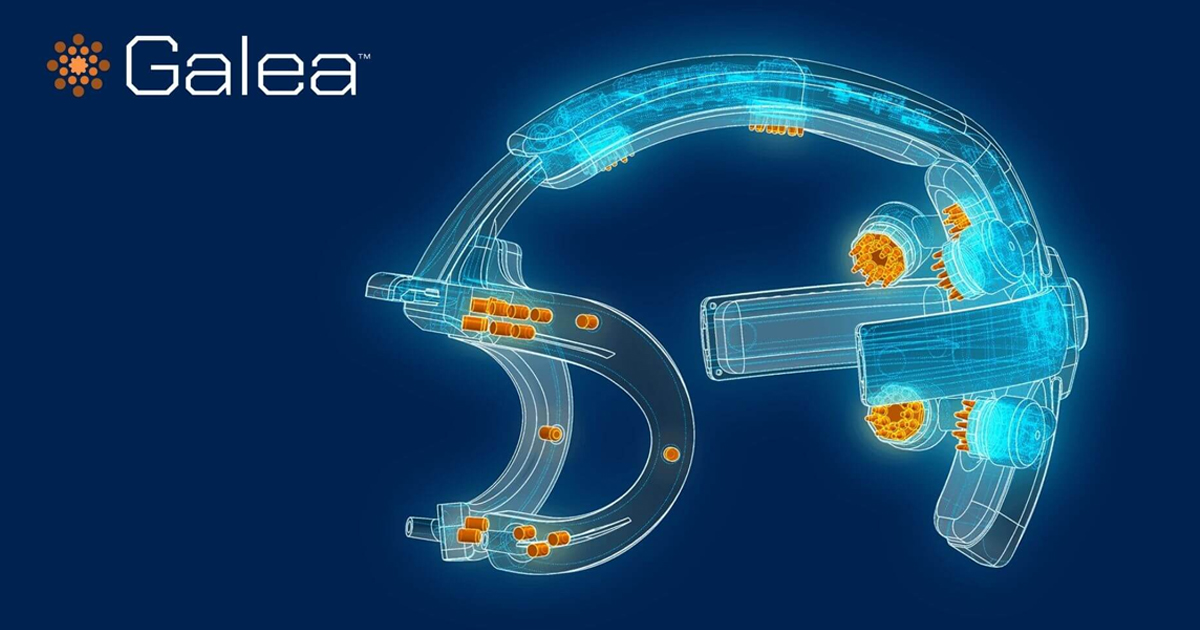OpenBCI has raised funds for the development of neurocomputer interfaces for games and other areas
OpenBCI has raised funds to fund the further development and improvement of its neurocomputer interfaces for gaming, health and other areas. One of the investors was the venture capital firm of Marc Merrill, co-founder of Riot Games.In addition to Merrill’s NaHCO3 company, Bitkraft Ventures and re.Mind have invested in OpenBCI.
The size of the investment was not disclosed.
As VentureBeat notes, the company had not previously applied for funding from institutional investors. OpenBCI has been profitable since its foundation in 2014, and its solutions are widely used in scientific, educational and technological fields.
Now the company plans to spend the raised funds on scaling the Galea neural helmet in order to further sell the devices. It allows you to read information from the muscles, skin, heart, eyes and brain of the user. Galea serves as an additional device for virtual and augmented reality headsets, making it easier to synchronize data received from the human body.
“With Galea, we aim to create a powerful platform for companies, developers and researchers who are already exploring how these signals can be integrated into everyday devices. Our ultimate goal is to play an important role in creating an “Operating System for the Mind”,” said Conor Russomanno, CEO of OpenBCI.
According to one of the investors, Galea will completely replace keyboards, mice and other controllers in the future. The device must convert a person’s thoughts and intentions into input commands. It is noted that video game developers will be able to adapt to the characteristics of different players, taking into account their emotional state, cognitive load and reaction speed. Representatives of the gaming industry, healthcare, education and consumer technology have already become interested in the beta version of Galea. Selected applicants will receive the first devices in early 2022, along with the SDK and examples of immersive content that can be created using neurocomputer interfaces.